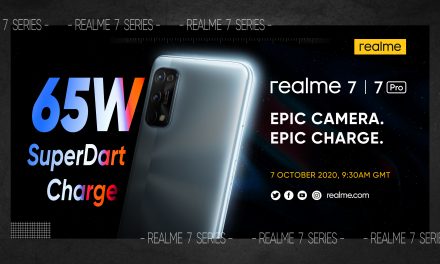It’s not everyday that I tune into a smartphone announcement and don’t want to talk about the device, but this year it’s happened twice!
The first occasion was all about the Galaxy Beans! This time it’s Google TV, the Californian giant’s streaming aggregation service initially available on the new Chromecast.
Put simply, Google TV is like your TV or Roku box and Prime or Now TV stick. It’s an aggregator. A place you go to in order to go to the entertainment you want to watch. What’s intriguing is the motivation behind such a service.
Chromecast already works one step behind Google TV, handing Google the information about what we are watching to inform new advertising attempts. But Chromecast is no longer the only way to watch films and tv shows on your TV. As already touched on, TV set top boxes, Roku devices, Fire sticks and Now TV dongles, to name a few, now have integrations with on demand providers and, in many cases act in an identical way as a Chromecast.
But the latest announcement also signifies Google’s resignation to Netflix and Amazon Prime and other content producers as it replaces it’s Play Film & TV store with the new Google TV offering in an attempt to recapture consumer’s attention.
With all the devices available, the market is diluted and less eyeballs are entertained through Google hardware. By making a new aggregation service Google is effectively sharpening its elbows as it prepares to fight for landing page status as soon as you press that big red button at the top of your remote and fall into your comfiest chair.
Behind the useful suggestions, convenient integrations, common remote (see Fire TV and Now TV) and familiar user experience (see Apple TV and Disney+), Google has created a product that the less technologically savvy will have a use for, whilst maintaining an interface that everyone is used to; the remote control.
What intrigues me the most is the integrations needed with the TV providers and the TV manufacturers. Although Google TV will originally work on the new Chromecast, consumers will still need to manually select the HDMI port that the device is plugged into. Only Sony will buck that trend but I can’t imagine Sky, BT or Virgin allowing their channels to be displayed through this service.
And what of live TV? The live section will, presumably, be filled with live content apps on the platform are showing, but you need a specific app package to watch the BT Sport app on TVs at the moment and those not using the BT app or Now TV will surely either have the TV box to go with the subscription or will get their live sport fix through other nefarious means and therefore have no need for a TV aggregation service.
There are other questions about the Google TV app, whether subscriptions that count devices will count a Google TV integration as one device or still count each TV, mobile or tablet you use and how this will be received in the UK.
The service itself strikes me as ideal for the modern consumer. A free aggregation service where suggestions and information across multiple providers are at your fingertips sounds great, and is definitely set up in anticipation of more NBATV, NFL Game Pass and MLB.TV subscription services that give fans more freedom to choose what they watch through applications.
But as long as the TV providers control the content consumers can watch, Google TV could go under the radar for a generation.










Recent Comments